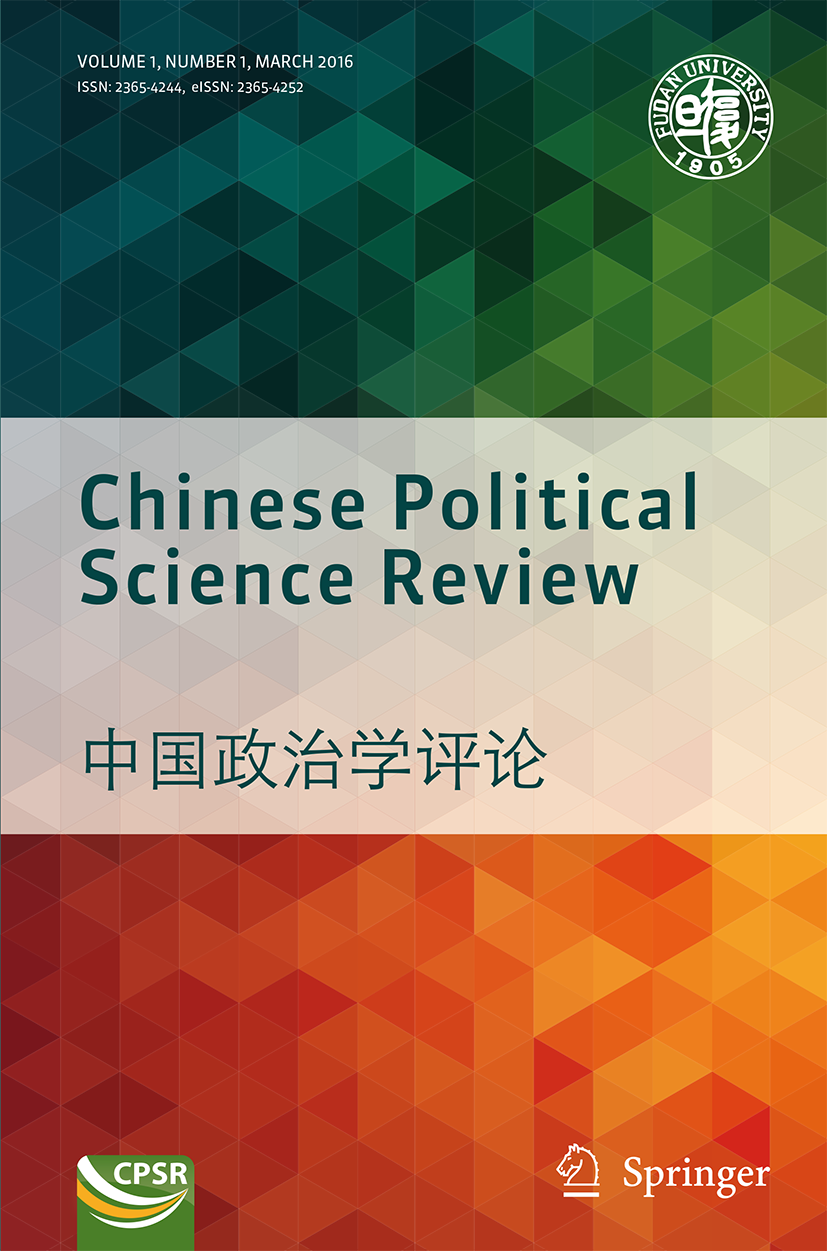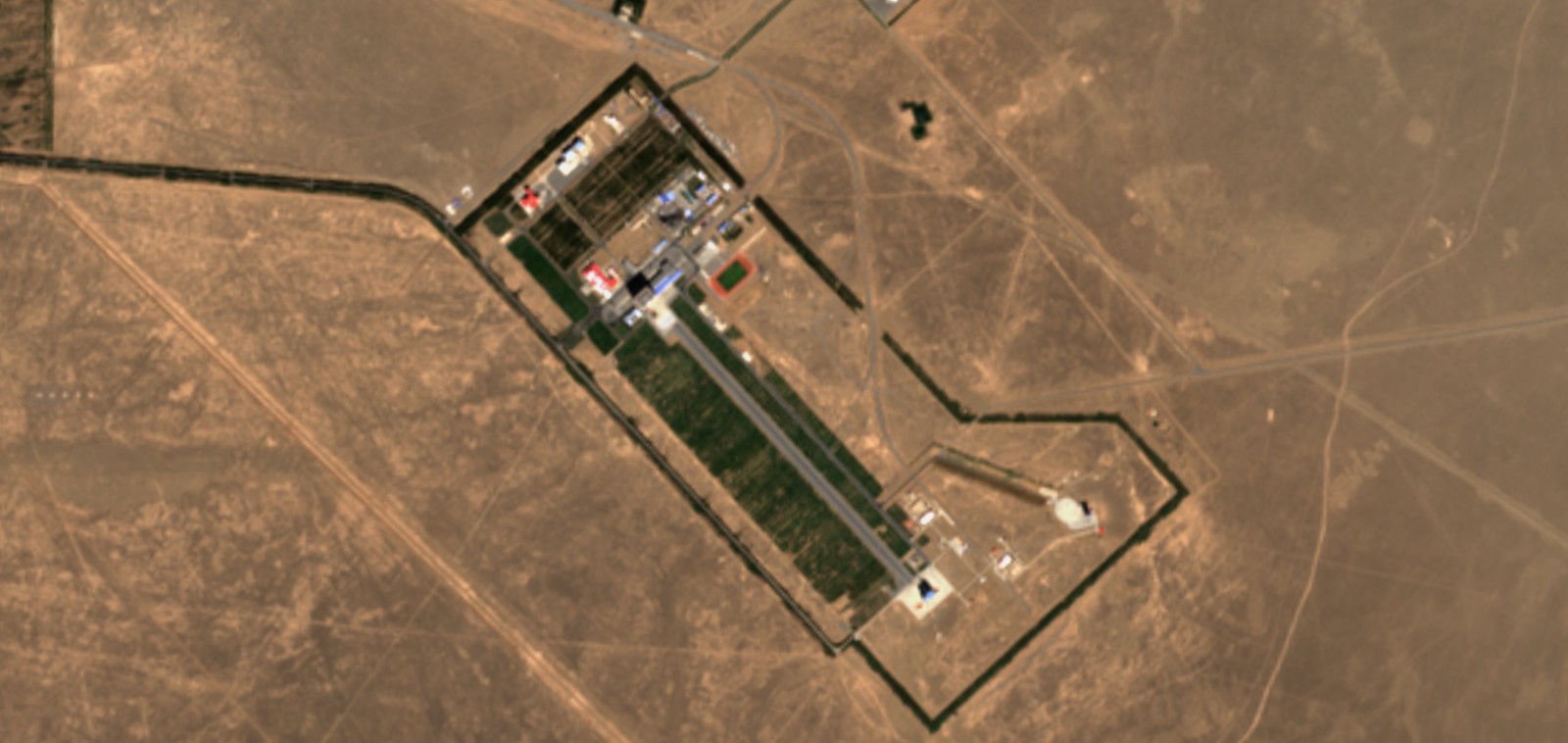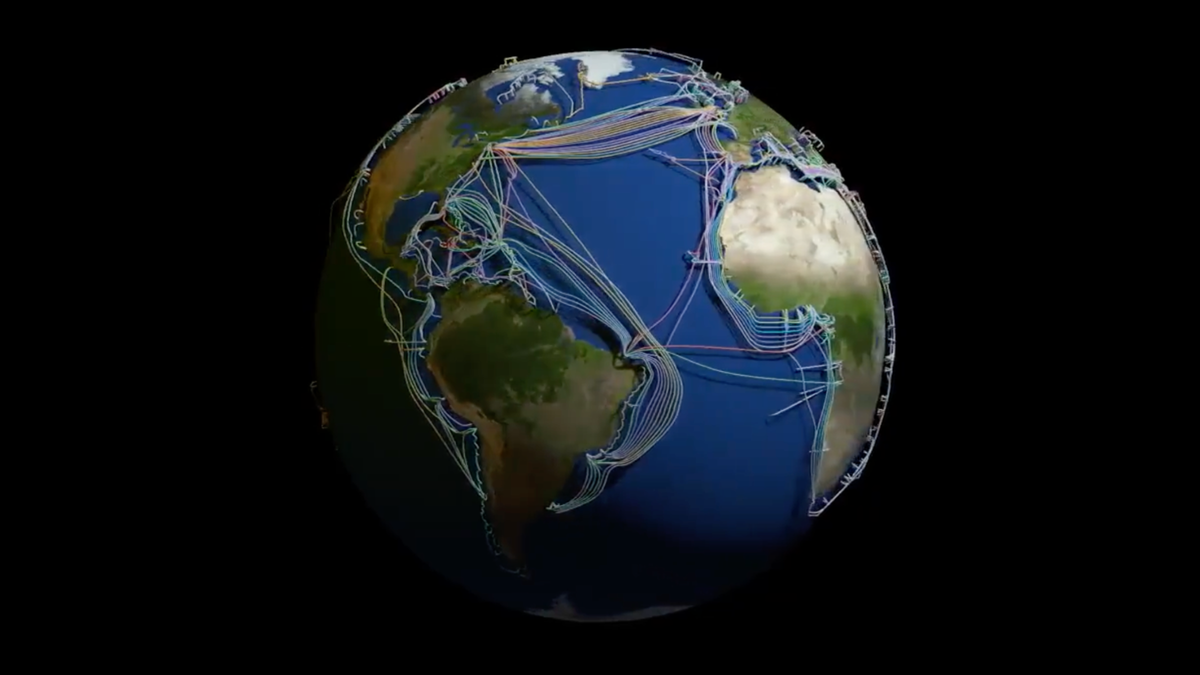
China as a Threat and Balancing Behavior in the Realm of Emerging Technologies
In the last years, China and the United States of America (US) have engaged in unprecedented competition in emerging technologies (ETs), in a context of China’s growing presence and shifting position in the international system. Drawing on data between 2017 and 2023 and strategic decisions, such as bans and export controls directed at China’s companies and the changing alignment posture of Western states, we employ the Balance of Threat (BoT) theory to examine China’s changing aggregate power, offensive capabilities and aggressive intentions, while also establishing the vanishing importance of the geographic dimension. We then turn to the behavior of the US and Western states by drawing on the BoT theory, which suggests balancing as a prime strategy to counter the threat and identify instances of the formation of a balancing coalition against China. We demonstrate how the notion of threat in ETs can be approached and conclude with a characterization of balancing in the domain of ETs that resonates with the notion of “gradual balancing”, in addition to outlining suggestions for future studies.
The exponential growth of emerging technologies (ETs),Footnote 1 including 5G networks, Big Data, quantum computing, and artificial intelligence (AI), demands a reassessment of the role of technology in international affairs and its impact on the international system. Control over ETs is no longer limited to the private sector, having become “the new strategic national security fulcrum of the 21 century” (You 2021). This heightened sensitivity toward ETs arises chiefly from the unpredictable implications these technologies pose for national security, as well as their potential impact on shifting the Balance of Power due to the economic and military advantages they confer (Steff et al. 2020). And while ETs on the whole have been viewed as potential game changers in military and strategic affairs, resulting in a securitization of the high-tech sector (Sechser et al. 2019; Huang and Mayer 2023), special attention has increasingly been paid to China’s technological advancements and assertive technology policy through such initiatives as Made in China 2025, Next Generation Artificial Intelligence Development, and Digital Silk Road Project (under the Belt and Road Initiative).Footnote 2
























